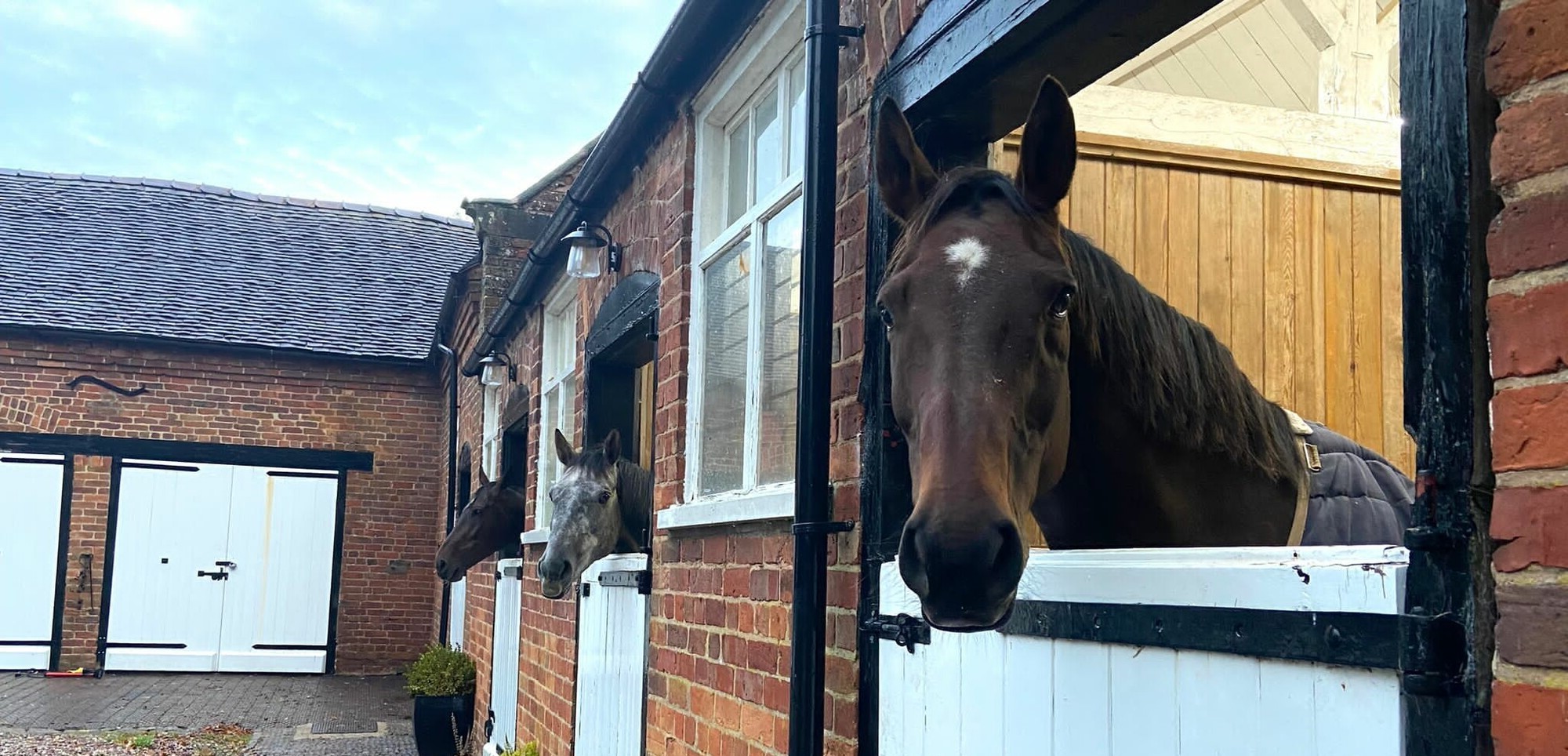
Horse theft
There are steps you can take to improve the security of your horse and identify them in the event of theft.
Luckily horse theft is rare, but it can be an incredibly distressing experience for both horses and owners. Fortunately, there are things you can do to minimise the risk of theft.
Important
If you think your horse has been stolen or lost, contact the police immediately.
Securing your yard
If you do not live onsite with your horses, there are ways you can improve the security of your yard. As well as asking your neighbours to be vigilant, you can also contact your local police for advice on what security measures you can take.
It’s also a good idea to check your horses at least twice a day, and get to know your neighbours who are close to your yard and field. Neighbours may be able to alert you if they spot any suspicious activity.
Fencing and gates
Secure fencing can make it more difficult to access your horse, deterring thieves from targeting your yard. Wherever possible, horses should be kept away from a road to make access and removal more difficult. Motion sensor lighting along the boundary can also deter thieves in the area.
Gates should be locked using a padlock, and the hinges should be welded. This will prevent thieves from lifting the gates.
CCTV and alarms
A CCTV camera system can help you to monitor your horse anywhere from your mobile phone. There are a range of CCTV and camera systems to choose from depending on your budget and requirements. For live viewing, you’ll need a WiFi connection.
You can purchase a CCTV camera system online or contact a professional service to have it fitted at your yard. By putting up warnings of CCTV in use, it can also discourage thieves.
There are a few types of alarms that can be installed at your yard. Some can create a loud sound, while others can send a message alerting you to a possible break in. An alarm system will usually need to be fitted by a professional.
Horse identification
Making your horse easily identifiable can help to deter thieves – if a horse is easily identified, they may be harder to move without being traced. Using prominent signs which state that the animals are identifiable is a useful deterrent.
Having a way to identify your horse can also help if your horse is stolen, as they can be more easily returned to their rightful home.
Microchipping
A microchip is a legal way to identify your horse – by law all horses must be microchipped. Horses must also be microchipped before they can be registered to have a passport.
Microchipping is carried out by a veterinary surgeon with minimal discomfort for your horse. The chip carries a unique number which is registered along with your horse’s details – this is registered to a central register and on their passport.
A microchip scanner can read and display the microchip number, allowing a horse to be identified if they’re lost or stolen. Make sure to keep microchip details up to date, for example if you have bought a new horse.
Horse passports
Horse passports are not a permanent form of identification, but they can assist in identifying your horse. A passport records information such as a horse’s registered owner, their height, breed and microchip number.
All horses are legally required to be passported and have this kept with them at all times (both at home and during travel). Horses cannot be sold, passed on or slaughtered unless accompanied by their valid passport. Ensure your horse’s passport is kept somewhere secure to prevent it from being stolen with your horse.
What to do if your horse has been stolen
If you think your horse has escaped or strayed, or there is evidence of a break in, you should contact the police immediately. You’ll need to give them a detailed description of your horse and provide a recent photograph. If your horse has distinctive markings, be sure to record these as well.
Once you have reported the crime, the police must give you a crime reference number and contact details for the police officer dealing with your case. They’ll also tell you what will happen next, and inform you of how often you will get an update on their investigation.
Widen the search area as quickly as you can. Inform other yards and equestrian centres in the area and use social media to raise awareness. Horse Watch and Farm Watch are two networks that can offer advice to victims of equestrian crime and help to spread the word about a stolen horse.
If you think your yard has been broken into, you should:
- carry out a site walk to check all other horses, fencing and facilities. Take photos of any damage or signs of access, as these will be needed by the police.
- move any horses who may be at risk of getting out onto a road due to damaged fencing
- repair any damage and ensure the yard is as safe as possible with all external gates padlocked
- move any horses that are easily accessible or at more risk, to a more secure area
- speak to neighbours to find out if anyone has seen any suspicious activity
If your horse is insured, notify your insurance company. Some policies may assist towards the cost of search and recovery. You should also contact your passport issuing authority and microchip company to inform them of your stolen horse.
Support if your horse has been stolen
The impact of a stolen horse can be devastating. Our Pet Loss Support service is here for you by phone, email or webchat. No matter the cause, our fully trained team can provide a listening ear for those experiencing the loss of a pet.
Page details
Published
• 31 January 2024
Next review
• 29 January 2027





